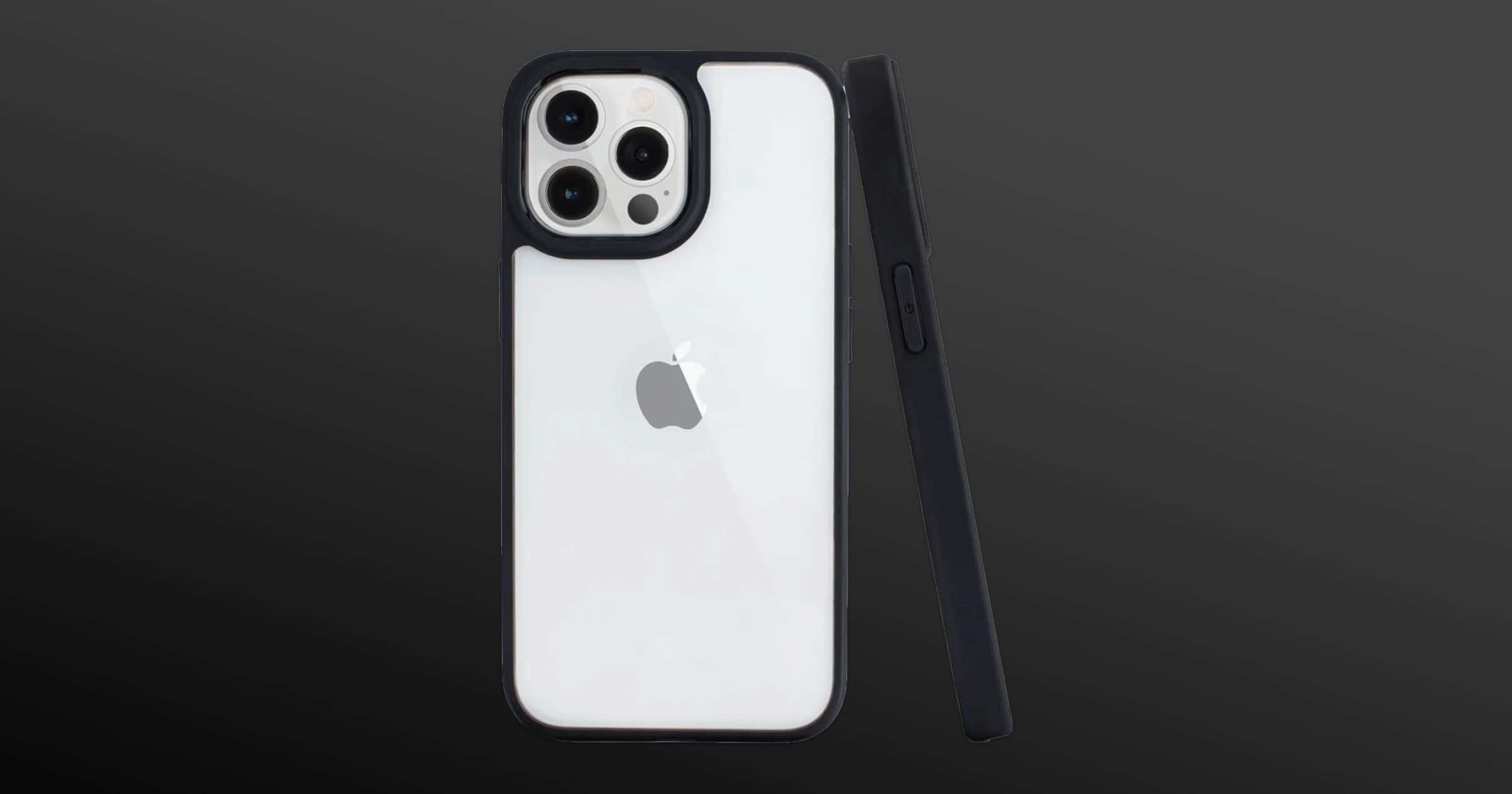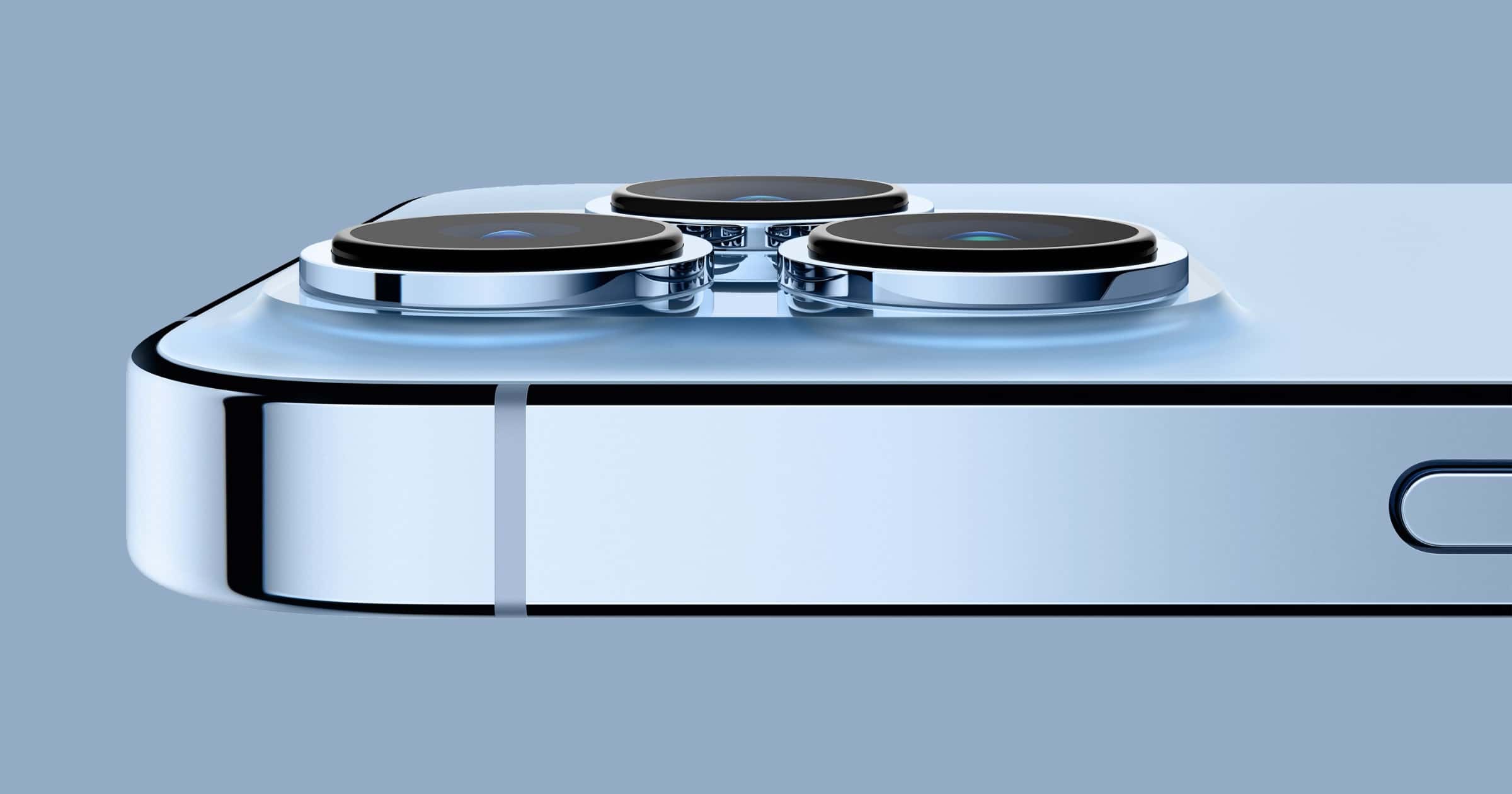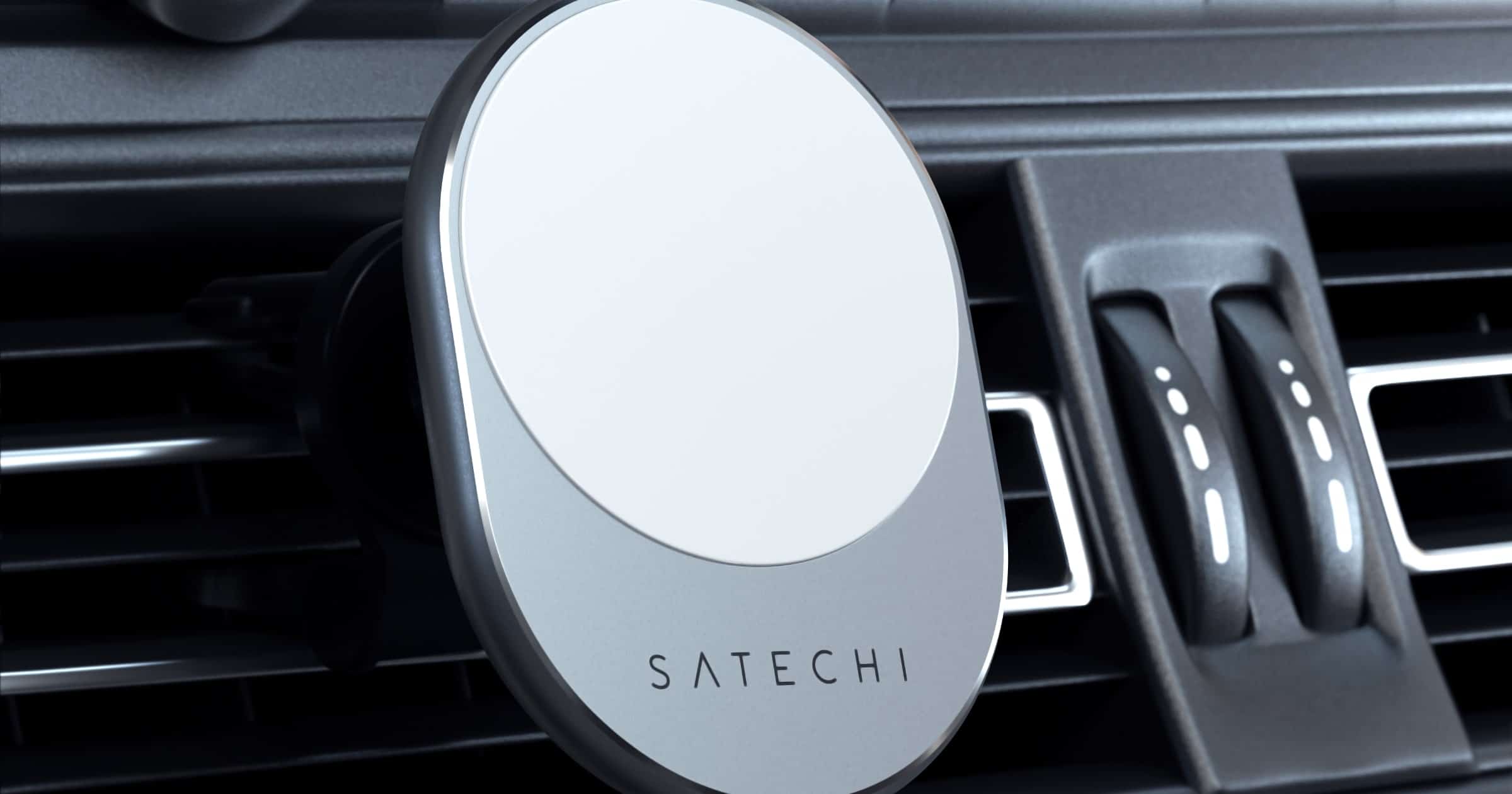Totallee is known for making super-thin cases for smartphones. Its newest case, Hybrid, is still super-thin but it has added protection.
iPhone 13
How the Sierra Blue iPhone 13 Pro is Unique
If you have a Sierra Blue iPhone 13 Pro, you might be interested in learning the unique finishing process Apple uses to produce the color.
The iPhone 13 Camera is For TikTokers and Oscar Winners
Much of the discussion around the iPhone 13 has been around the camera, as it was the part of the device that got the most notable upgrade. Apple’s VP of camera software engineering Jon McCormack and VP of camera hardware engineering Graham Townsend gave British GQ an insight it how it was made.
“The planning has to start about three years ahead, because that’s when we actually fix the specification of the silicon,” says Townsend. “So, for instance, the sensor gets defined at that point and the A15 Bionic processor is also frozen. That’s when we have to begin to talk with Jon and predict the experiences that we want. Obviously when we designed the new ultra-wide lens, we were going to deliver macro photos. But how is that going to work both in stills and video?”
Tech21 Unveils Line of Hygienic iPhone 13 Cases
On Tuesday Tech21 announced the availability of its iPhone 13 case lineup. They have drop protection, a built-in hygienic formula, and MagSafe.
Brazil Fines Apple For Not Including a Charger in iPhone 13 Boxes
Brazil is issuing a fine against Apple for not including a charger inside the iPhone 13 packages. They also fined the company for the same thing with iPhone 12.
Following Brazil’s fining Apple $1.9 million for not including a charger with the iPhone 12, the company was forced to offer chargers to anyone requesting it. Now, the Procon-SP regulator plans to do the same over the iPhone 13.
According to local publication TechTudo, the $1.9 million fine that was issued in March 2021, was the maximum allowable under Brazilian law. The fine is also limited in how it cannot be applied again fewer than six months after issuing.
Chargers, and also cases. By slightly repositioning the buttons on the iPhone 13 so iPhone 12 cases don’t work anymore, Apple flips off the environment and uses its corpse for Tim Cook’s footstool.
New Apple Gear First Impressions – TMO Daily Observations 2021-09-27
Bryan Chaffin and Dave Hamilton join host Kelly Guimont to discuss first impressions of the newly released iPad mini and iPhone 13.
How to Use Photographic Styles With Your iPhone 13
iPhone photographers can enjoy a new feature with their iPhone 13 called Photographic Styes. It’s available with all of the models in the iPhone 13 product line.
iPhone 13 Pro, Apple Watch 7, and iPad mini, with Jeff Gamet - ACM 556
Bryan Chaffin and Jeff Gamet take a deep dive into Apple’s new product announcements, including iPhone 13 Pro and its camera, Apple Watch 7, and the new iPad mini.
iPhone 13 Range, iPad and iPad mini Now Available
The iPhone 13 range, as well as the new iPad and iPad mini, are all now available to order or pick up in-store.
iPhone 13 Review Shows Impressive Battery Results
We saw Apple executives on stage mention one or or one-and-a-half extra hours of battery with iPhone 13 models. This review proves it.
Apple was careful not to promise any specific battery life on the new iPhones. I think that’s because of 5G. Depending on 5G frequency and signal quality, the battery life you get can be much shorter than you see here—and the 5G situation is so confusing across different carriers and countries that I don’t think Apple was willing to make a generalization. Of course, you can always turn off 5G.
Thursdays with Bob: The Future of (Your) iPhone – TMO Daily Observations 2021-09-23
Dr Mac joins Kelly to talk about new iPhones, what to look forward to if you do upgrade, and tips on what makes it a good time to do so.
iPhone 13: How Cinematic Mode Was Made
Cinematic mode was one of the big new features in the iPhone 13. In a new interview with Techcrunch, Apple VP Kaiann Drance and Human Interface Team designer Johnnie Manzari explain how it was made.
“We knew that bringing a high quality depth of field to video would be magnitudes more challenging [than Portrait Mode],” says Drance. “Unlike photos, video is designed to move as the person filming, including hand shake. And that meant we would need even higher quality depth data so Cinematic Mode could work across subjects, people, pets, and objects, and we needed that depth data continuously to keep up with every frame. Rendering these autofocus changes in real time is a heavy computational workload.” The A15 Bionic and Neural Engine are heavily used in Cinematic Mode, especially given that they wanted to encode it in Dolby Vision HDR as well. They also didn’t want to sacrifice live preview — something that most Portrait Mode competitors took years to ship after Apple introduced it.
Satechi Launches Three Compact Chargers in Time for iPhone 13
Satechi has launched three chargers: A MagSafe car charger, one is a 40W dual USB-C PD car charger, and the third is a 20W USB-C PD wall charger.
Urban Armor Gear Launches Rugged iPhone 13 Cases
Urban Amor Gear announced a line of rugged iPhone 13 cases. The Civilian Series, Essential Armor, Metropolis Series, and others are ready.
Here's Why iPhone 13 120Hz ProMotion Display Matters
Rebecca Isaacs has written a helpful explainer about the iPhone 13’s 120Hz display and why it matters for customers.
One of the major selling points of this technology is that it allows you to dynamically vary refresh rates based on what you’re doing. For instance, basic web browsing can be handled at an undemanding 10Hz to 60Hz, while gaming can take advantage of the full of 120Hz. The Apple Watch can even hit a low of 1Hz with the always-on screen.
MOFT's Launches MagSafe Accessories for iPhone 13 Called 'Snap Set'
Accessory maker MOFT is launching Snap Set, a suite of MagSafe-compatible accessories for iPhone 12 and iPhone 13.
Cases and MagSafes for iPhone 13 – TMO Daily Observations 2021-09-20
Andrew Orr and Jeff Butts join host Kelly Guimont to discuss their picks for iPhone cases and MagSafe gear.
Delivery Date for iPhone 13 Models Slips to October
Those who jumped fast at pre-ordering their iPhone 13 models should get their new phones soon. Those who have yet to order will have to wait.
A Guide To The New iPhone 13 and iPhone 13 Mini
Here are the highlights of the new iPhone 13 and iPhone 13 Mini from the Apple Event.
Want to see more? Watch Mac Geek Gab 890
This iPhone 13 Case Gives you a Digital Business Card to Share
Nomad Goods has prepared a line of iPhone 13 cases that have an NFC digital business card. Simply tap the back of Sport Case to another phone to share your contact info, social media, and more. The company partnered with Popl, the leader in digital business card technology. Download the Popl app to get started here.
Apple Card Users Struggling to Purchase iPhone 13
Pre-orders on the iPhone 13 opened Friday, but those trying to buy one with an Apple Card encountered problems.
Reminder: Set Up a Shortcut to Preorder Your iPhone 13
Friday, September 17 at 5AM PT/8AM ET is the day that people can officially preorder their iPhone 13. Set up a shortcut to speed up the process.
TMO Staff Preorders – TMO Daily Observations 2021-09-15
Dave Hamilton and Andrew Orr join host Kelly Guimont to discuss what they are (and aren’t) ordering from yesterday’s announcements.
The iPhone 13 has Five Different 5G and LTE Configurations
The iPhone 13 lineup has five different configuration setups for 5G and LTE. This is the widest array of frequencies of any iPhone thus far.


















